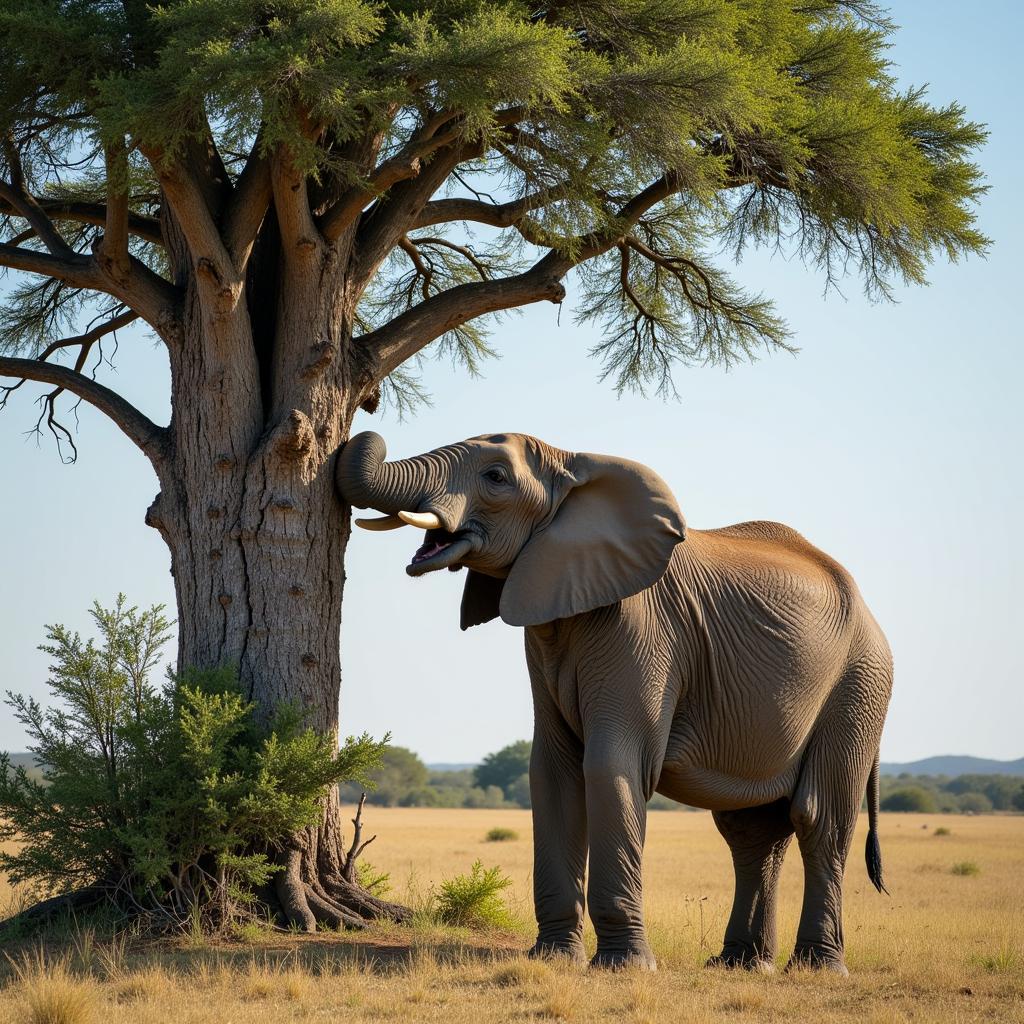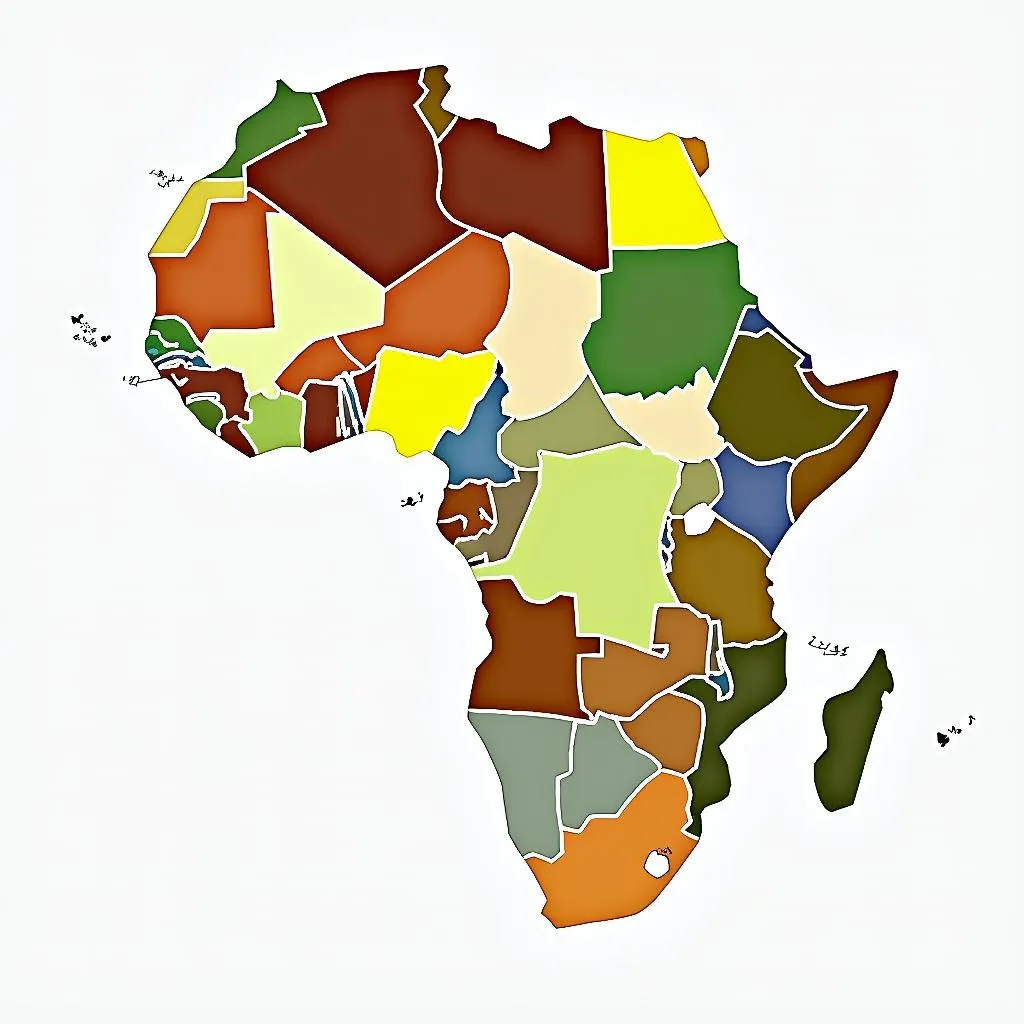African Elephant: A Keystone Species Shaping the Savannah
The African elephant, an iconic symbol of the African continent, is much more than just a charismatic megafauna. Classified as a keystone species, the African elephant plays a critical role in maintaining the biodiversity and ecological balance of the savanna ecosystem. Their presence, or lack thereof, has a ripple effect that impacts a wide range of species and even influences the physical landscape itself.
The Impact of African Elephants on Their Environment
African elephants are ecosystem engineers, actively shaping their surroundings and creating habitats for other species. Here’s how:
- Controlling Vegetation: Their massive size and voracious appetites make them natural landscape architects. By consuming large quantities of trees and shrubs, they prevent the savanna from becoming overgrown with woody vegetation. This grazing behavior helps maintain the grasslands, which are essential for grazing animals like zebras, gazelles, and wildebeest.
 African elephant grazing in the savannah
African elephant grazing in the savannah
-
Creating Water Sources: During the dry season, elephants use their tusks and feet to dig for water in dry riverbeds. These water holes become life-saving oases for other animals, particularly during times of drought.
-
Seed Dispersal: Many plant species in the savanna rely on elephants for seed dispersal. Elephants consume large amounts of fruit and then deposit the seeds far away in their dung, often in nutrient-rich piles that act as natural fertilizers.
Threats to the African Elephant and Their Ecosystem
Sadly, the African elephant faces significant threats:
- Poaching: The illegal ivory trade remains a major threat to elephant populations across Africa.
- Habitat Loss: Human expansion, agriculture, and infrastructure development lead to habitat fragmentation and loss, limiting elephant movement and access to resources.
- Human-Wildlife Conflict: As human populations grow, encounters between people and elephants are becoming more frequent, often resulting in conflict and elephant deaths.
Conservation Efforts and the Future of the African Elephant
Protecting the African elephant requires a multi-faceted approach:
- Anti-poaching initiatives: Strengthening law enforcement, tackling wildlife trafficking, and reducing demand for ivory are crucial for curbing poaching.
- Habitat conservation: Establishing protected areas, creating wildlife corridors, and promoting sustainable land use practices are essential for securing elephant habitat.
- Community engagement: Involving local communities in conservation efforts through education, alternative livelihood programs, and promoting coexistence is key to long-term success.
The future of the African savanna and its incredible biodiversity is inextricably linked to the fate of the African elephant. By recognizing their vital role as a keystone species and working together to address the threats they face, we can ensure that these majestic creatures continue to shape the African landscape for generations to come.
Frequently Asked Questions (FAQs)
- Why are African elephants considered a keystone species? African elephants are keystone species because their activities have a disproportionately large impact on their environment, influencing the structure and diversity of the entire ecosystem.
- How do elephants help other animals? Elephants create water holes, clear vegetation to create open grasslands, and disperse seeds, all of which benefit other species in the savanna.
Need Assistance?
Contact us:
Phone Number: +255768904061
Email: kaka.mag@gmail.com
Address: Mbarali DC Mawindi, Kangaga, Tanzania.
We have a 24/7 customer support team.




